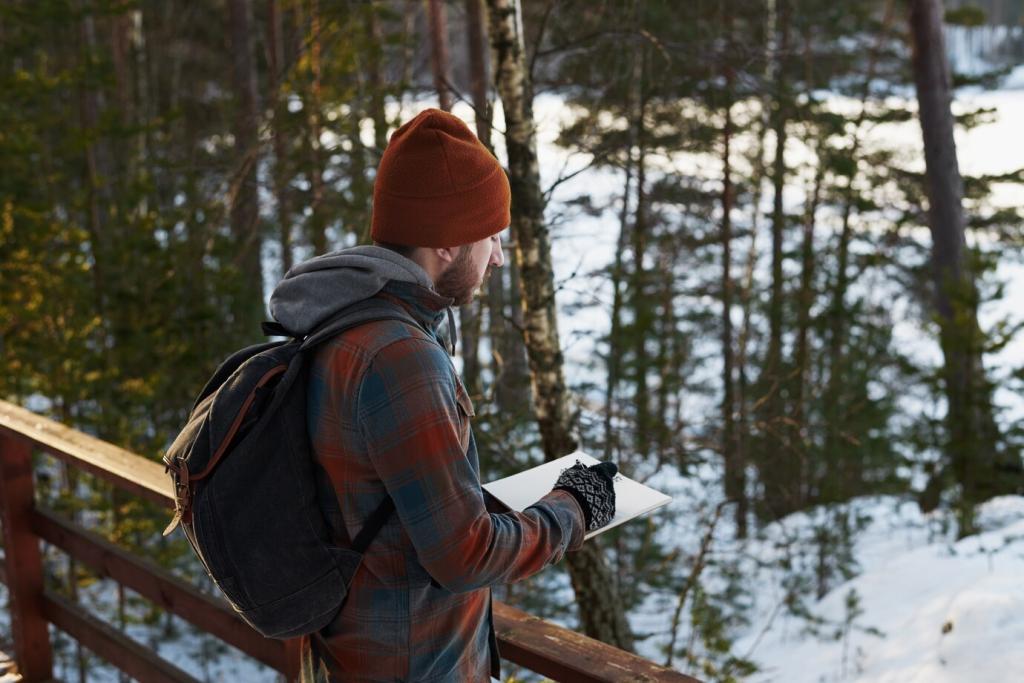Walk the Past: Historical Hiking Trails in National Parks
Chosen theme: Historical Hiking Trails in National Parks. Step onto paths where Indigenous routes, CCC craftsmanship, and layered park histories converge beneath your boots. Explore stories etched in stone steps, canal towpaths, and canyon switchbacks—and share your own to keep the legacy alive.
Why Historical Trails Matter
Many national park trails grew from ancient Native pathways—Havasupai routes into the Grand Canyon, Cherokee and Catawba crossings in the Southern Appalachians, and Puebloan footways near Mesa Verde. Learn from tribal sources, respect sacred sites, and approach each step as a guest invited into a home with rules, responsibilities, and stories that continue today.
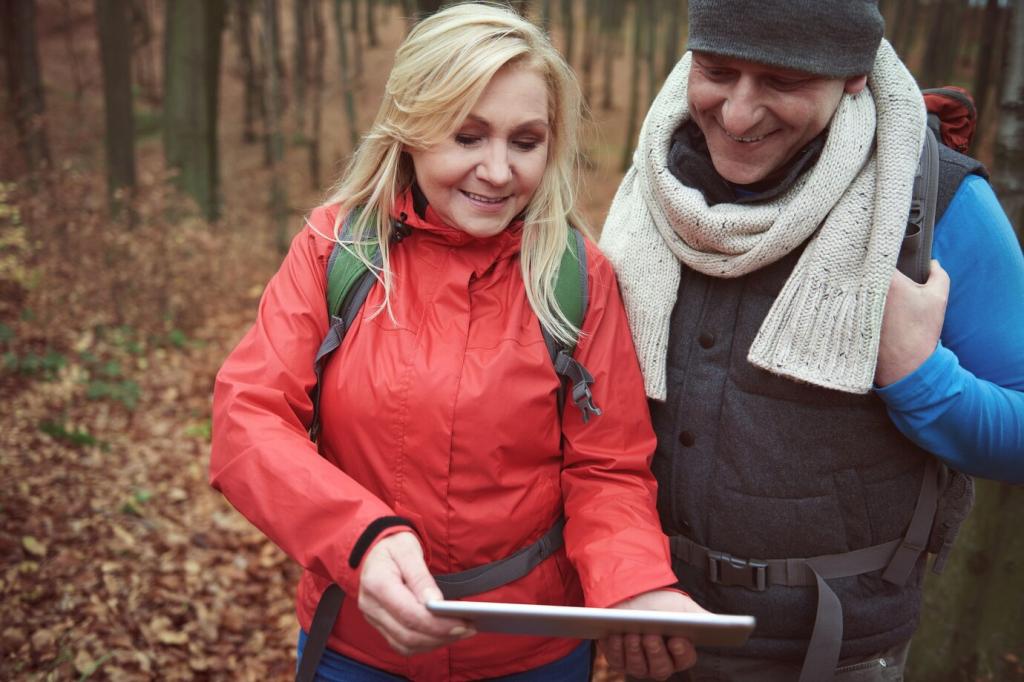

Why Historical Trails Matter
In the 1930s, the Civilian Conservation Corps built and stabilized countless park trails, leaving granite steps, cribbing, and dry-stacked walls that still carry hikers. Notice the precise stonework in Acadia and Great Smoky Mountains. When you feel a stair’s perfect rise, you are literally stepping into New Deal history—crafted by hands that believed public lands should welcome everyone.
Iconic Routes to Explore Now
Descend a route shaped by Havasupai travel, miners, and mule trains, with rest stops that echo past journeys. Look for stone retaining walls and the life-giving shade and water of Indian Garden, once a cultivated oasis. Begin early, pace your ascent, and let the canyon’s layered rock tell time as you hike the corridor walked by generations.
Safety, Respect, and Rules on Historic Ground
Leave stones, glass, pottery, and tools exactly where they rest. Removing artifacts breaks the chain of evidence historians and tribes rely on. Photograph discoveries, note locations, and share with rangers if appropriate. Laws like the Archaeological Resources Protection Act exist for a reason: history belongs to everyone, and its context is priceless.
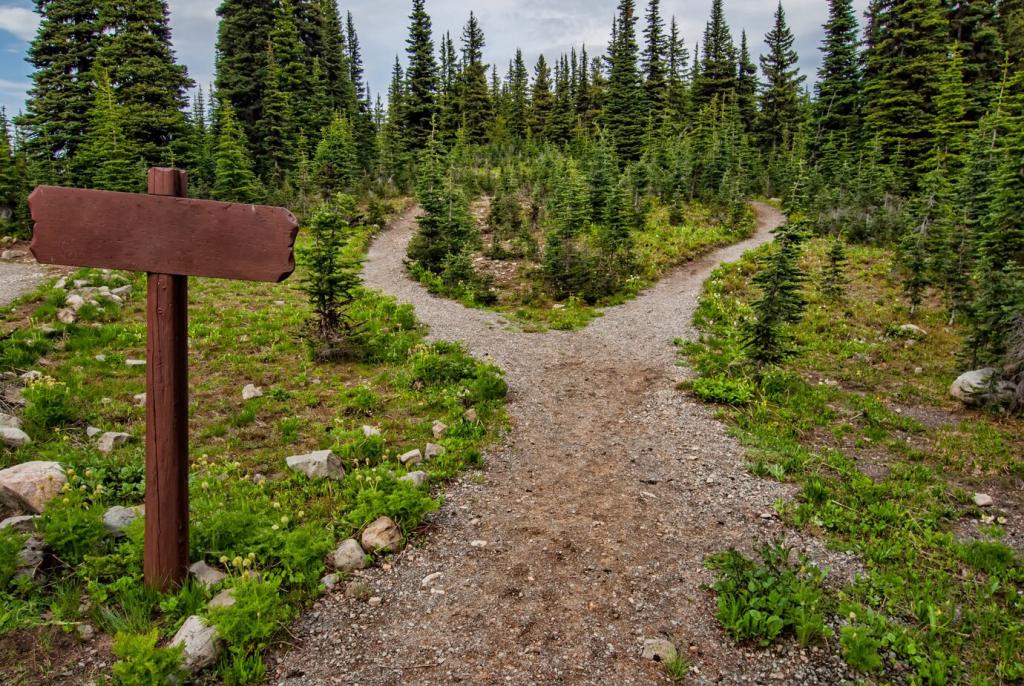
Plan Meaningful Itineraries
In Hot Springs National Park, the Grand Promenade weaves past bathhouse heritage with elegant stonework and thermal vistas. At Mesa Verde, the Petroglyph Point Trail pairs canyon views with cultural interpretation. Choose one or two short trails, read every wayside, and leave time to sit, sketch, and absorb the textures of the past.

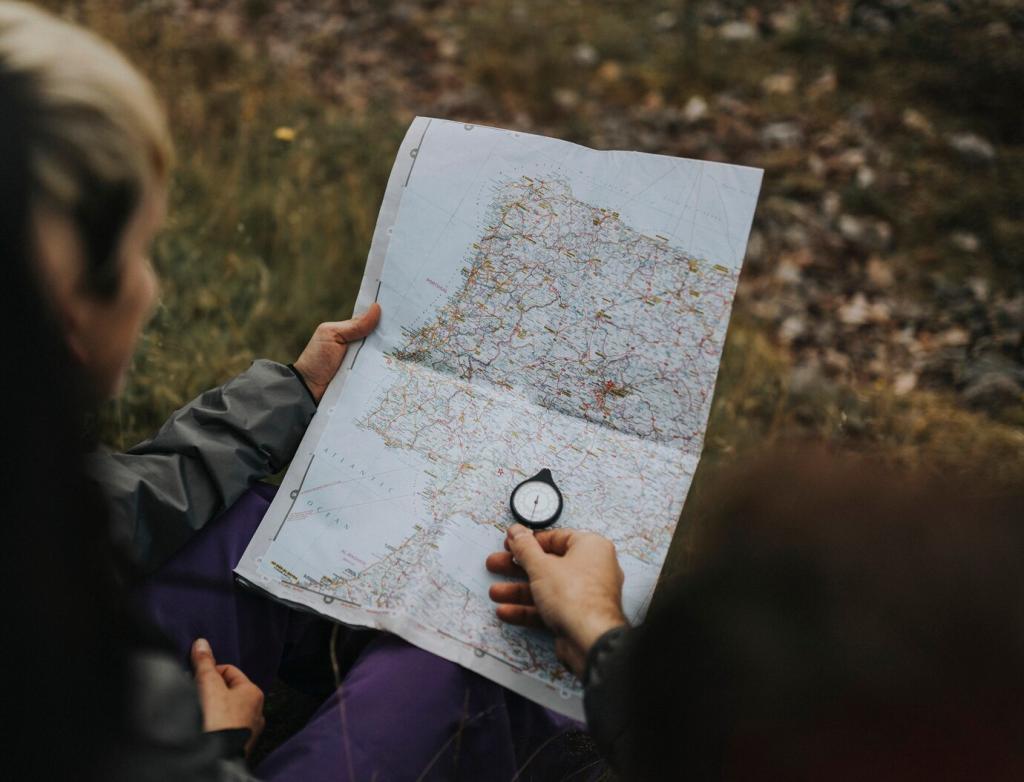
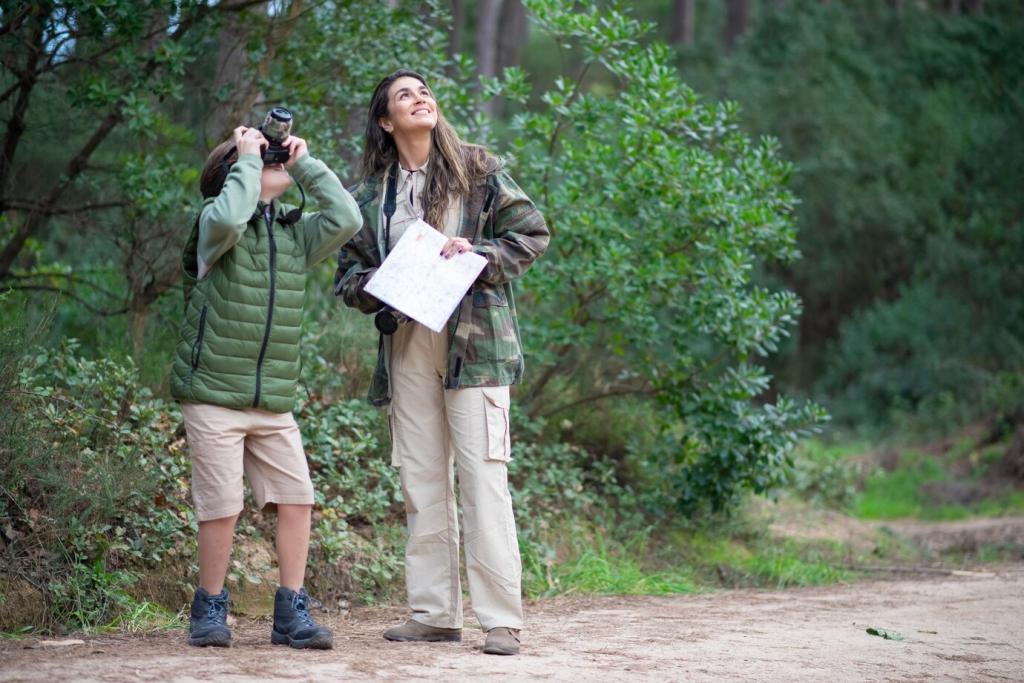
When to Go for Maximum Meaning
Rising light and budding leaves reveal foundations and fence lines near old homesteads in Great Smoky Mountains. On the Towpath, migrating warblers animate lock ruins. Creeks run high, flowers frame stonework, and cooler mornings invite longer explorations. Watch for muddy sections that protect fragile soils during thaw.
When to Go for Maximum Meaning
Leaf fall uncovers stone walls and cellar depressions in Shenandoah and deepens views across the Grand Canyon. Cooler air steadies your pace, while golden light turns masonry into sculpture. It’s an ideal time for longer interpretive loops and quiet photo sessions that respect limited daylight and wildlife patterns.
